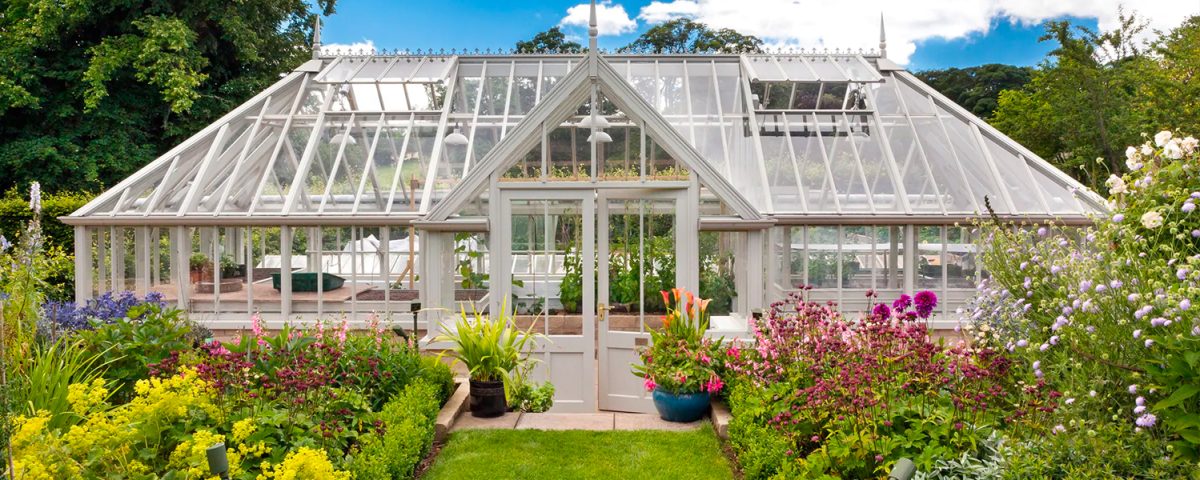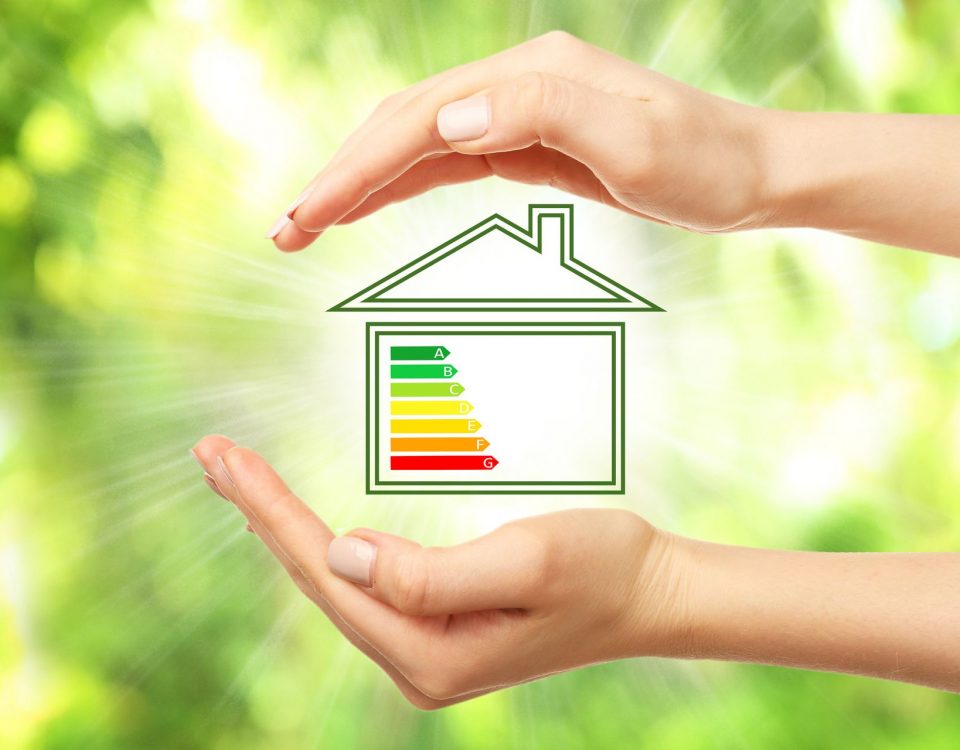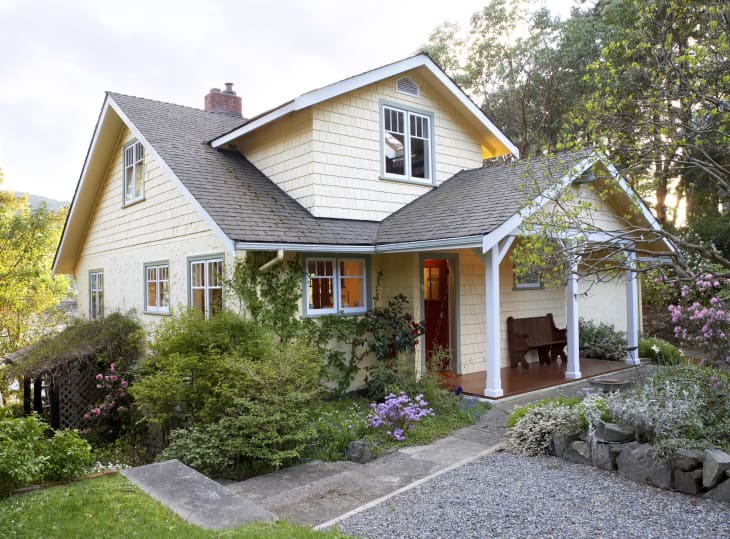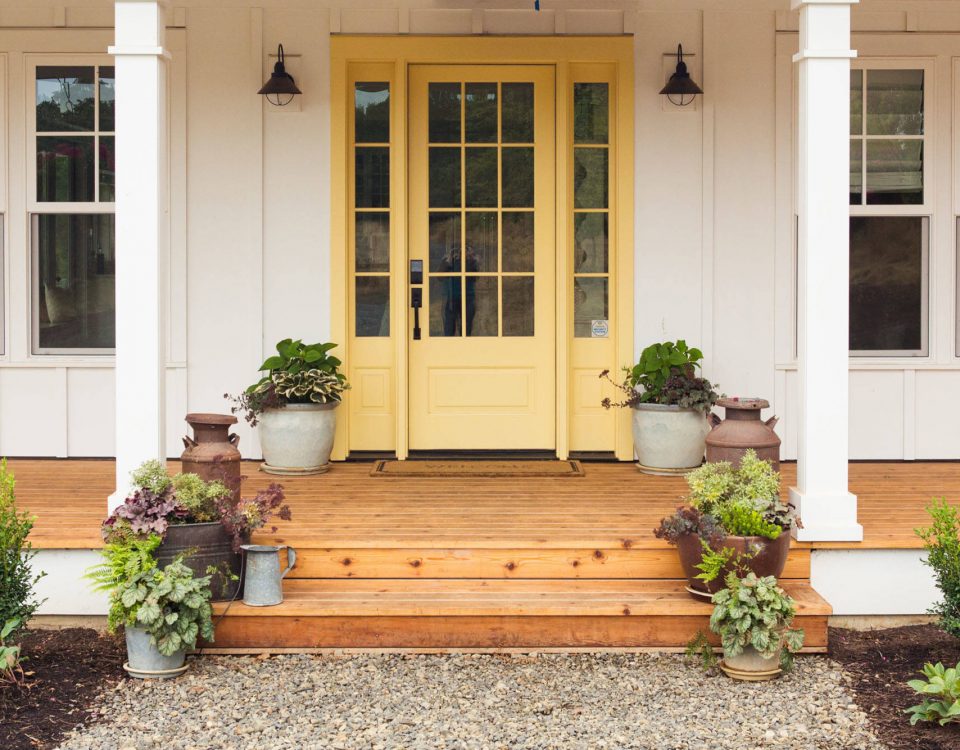Greenhouse

Cottage Decor
July 8, 2022
Lakeside Activities
July 22, 2022Starting a Greenhouse
So, you love plants! And you would like to take the next step in setting up a house just for them in your backyard, or your front yard, or your cottage, or wherever! Adding a greenhouse can be a great helping hand for any gardener. You can extend your gardening season, mitigate pests, as well as allow your plants to grow and thrive in their warm, humid environment. There are many different types of greenhouses to consider, including DIY structures that you can build yourself! If you aren’t feeling as crafty, you can purchase one from your local hardware store and set it up instead.
For some great tips on starting your own greenhouse, throw on your gardening gloves and read on!
Remember that greenhouse plants are grown in optimal climates, therefore, they will likely grow a lot better than your current indoor and outdoor plants. It is a good idea to keep this in mind when choosing which (and how many) plants you want to grow in your greenhouse. It is best to start with only a few plants and work your way up so you can better understand how much space you have.
Choosing Your Greenhouse
These structures come in many different shapes, sizes, materials and upkeep requirements. Choosing the right one for you depends on a few different things. Are you looking to build a greenhouse from scratch? Would you like to buy a pre-made structure instead? How big would you like it to be? What’s your price range? Would you rather have hard walls than soft plastic walls? There is a large price difference between the two to keep in mind. What type of plants will you be keeping? Do you want to use your greenhouse in the winter? These are all important things to consider when choosing the best greenhouse for your needs. For a great resource on choosing your greenhouse, check out this link.
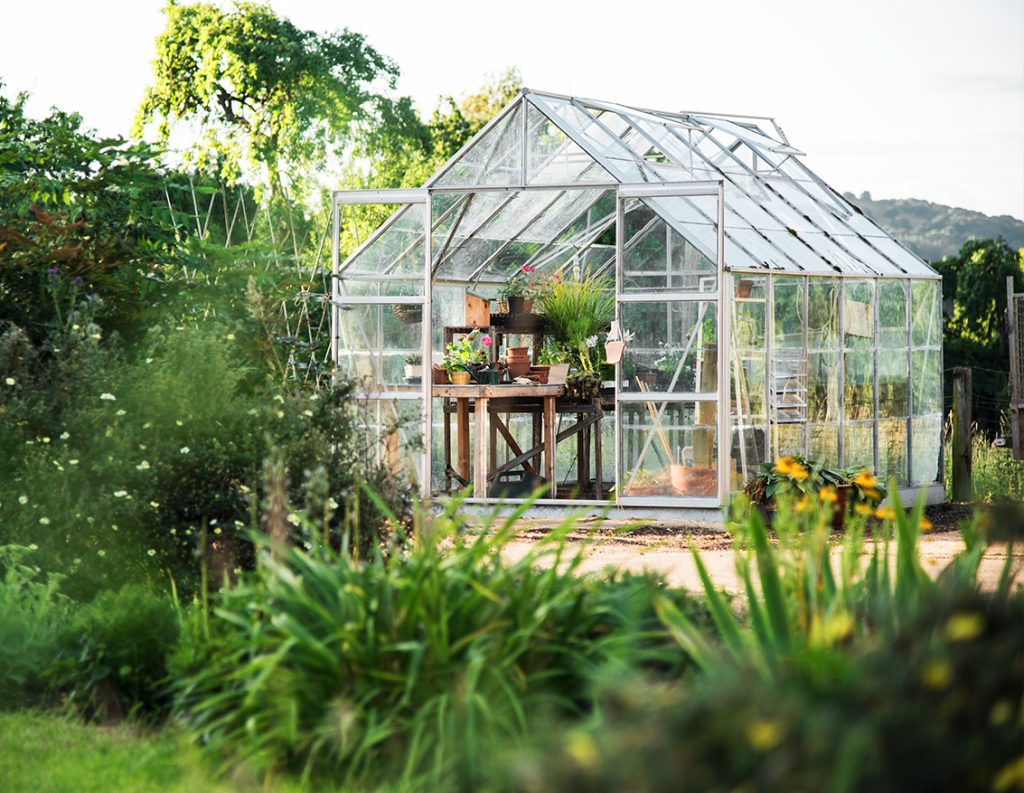
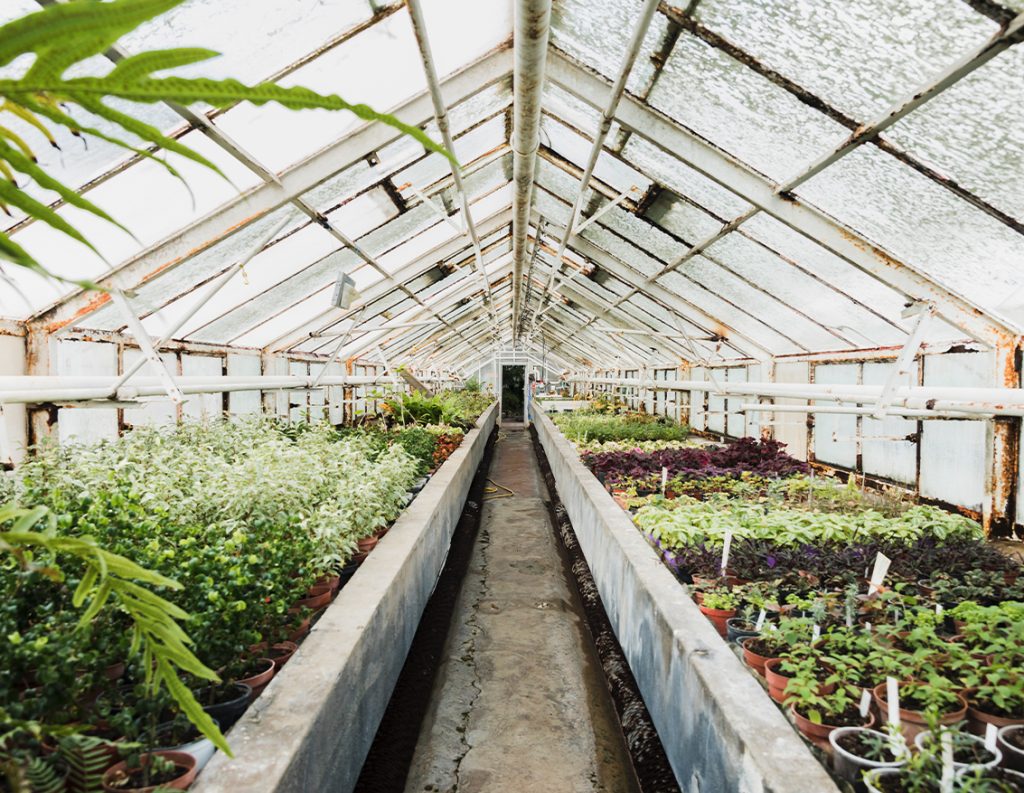
Which Plants?
Choosing which plants you want to keep in your greenhouse should be considered even before picking your location. Plants thrive in different settings and you will need to find out if your plants can handle direct sunlight, all day or if they need afternoon shade instead. Many vegetables thrive in a greenhouse setting and some don’t need direct sunlight or warm temperatures. Lettuce, broccoli, carrots and peas are all easy to grow vegetables that can thrive in unheated greenhouses without a lot of light. Then there are other vegetables such as tomatoes, squash and peppers that flourish in warmer temperatures with lots of sunshine. There are lots of ornamental plants as well that are both sun-loving and shade-dwelling. Here is a great resource for choosing which plants make sense for your greenhouse.
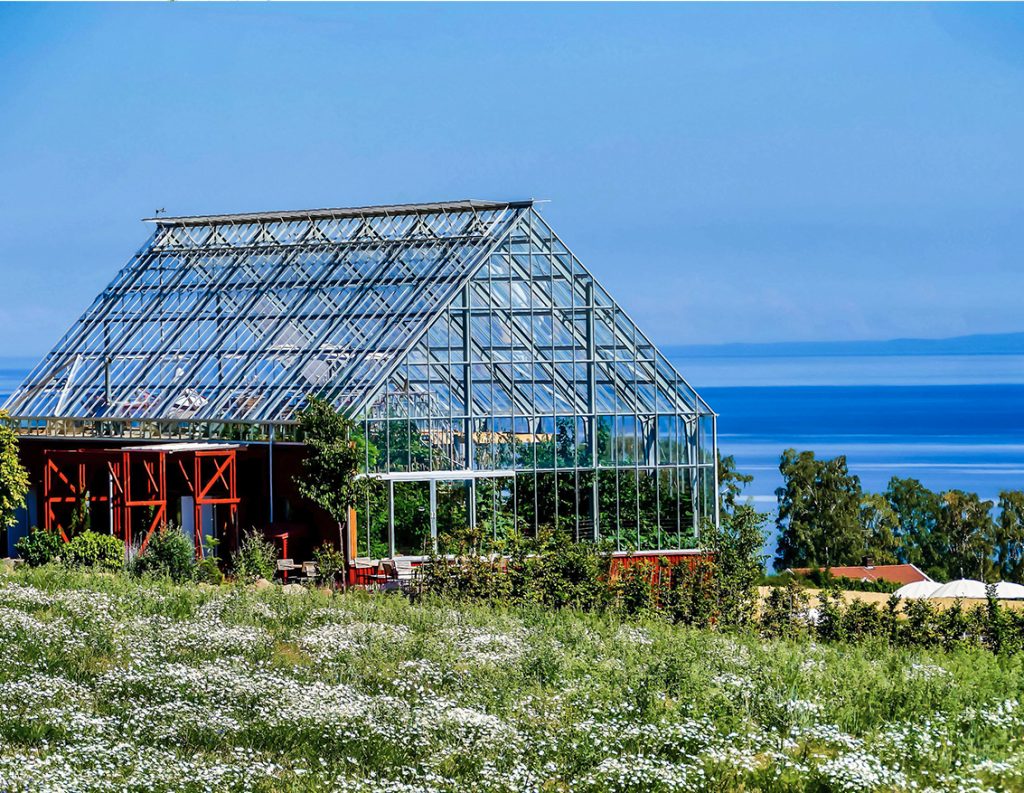
Choosing the Location
Choosing the best location for your greenhouse will depend on a few factors. First, you will want to be mindful about what types of plants you are keeping. If your plants need afternoon shade, you will want to keep this in mind for your greenhouse location. For the most part, you want to choose a flat, bright, sunny spot in your yard. Away from trees and shaded objects such as your house. Ideally, the building should receive at least 6 hours of sunlight per day. You will also want to line up your greenhouse so that the longest part is facing South or West for the best direct sunlight exposure. The structure should be located in close proximity to an electric outlet as well as somewhere easily accessed for bringing in bags of soil and other gardening tools.
Heating the Greenhouse
Do you want to keep your greenhouse going into the fall and winter months? If so, you are going to need to invest in some sort of heating for the structure. You can use many different heat sources such as natural gas, wood, propane or electric heating for your greenhouse. You can also try some eco-friendly options such as hotbeds, solar panels, or even candles! If you would like a greener solution for heating your greenhouse, check out these great options! One thing to always keep in mind when heating your greenhouse is to make sure that the structure is well insulated and air-tight. For the extra cold evenings, you may want to cover your plants with horticultural fleece to help them survive.
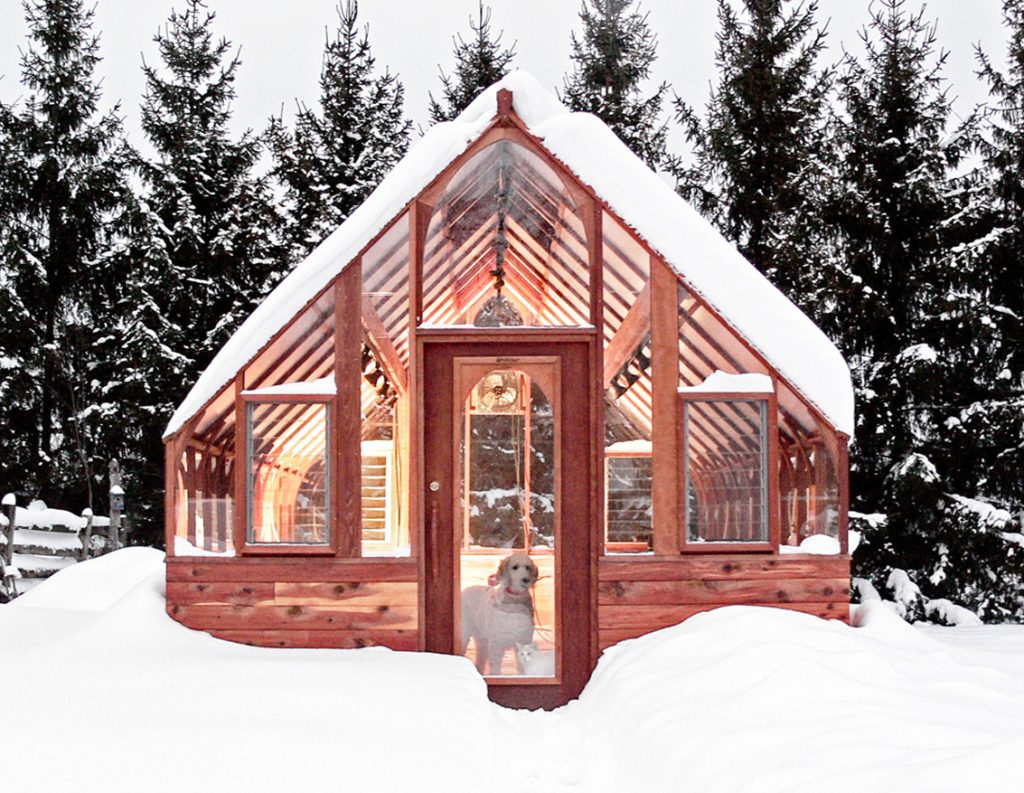
Ventilation
In order to have a well-designed eco-system within your structure, you must have good ventilation. This will be paramount in maintaining an excellent growing environment and preventing your greenhouse from overheating. Ventilation will help keep an optimal temperature and help to manage the humidity levels. Air circulation also helps to replenish carbon dioxide. You don’t need a fancy ventilation system in your greenhouse, but adding a couple of vents and fans will definitely help! Because heat rises, adding vents or windows that can open located on the roof of the structure are better than on the sides if possible. You will also want to have at least one fan in your greenhouse. Fans are great for air circulation to send air to the vents and windows outside.
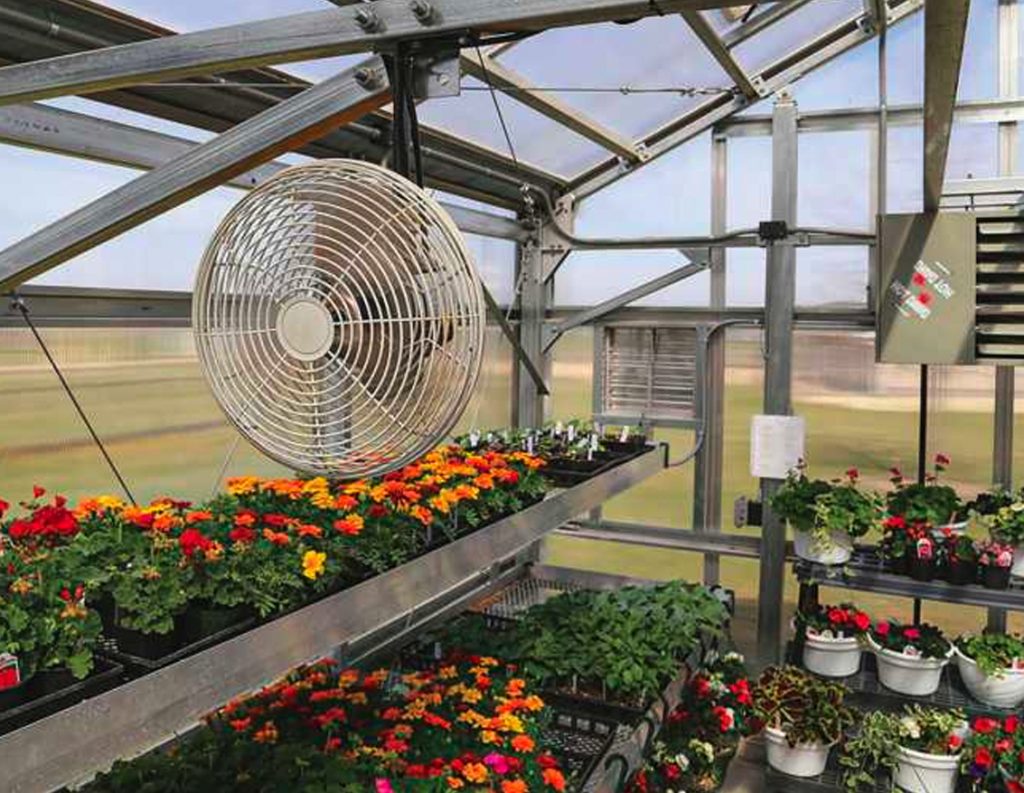
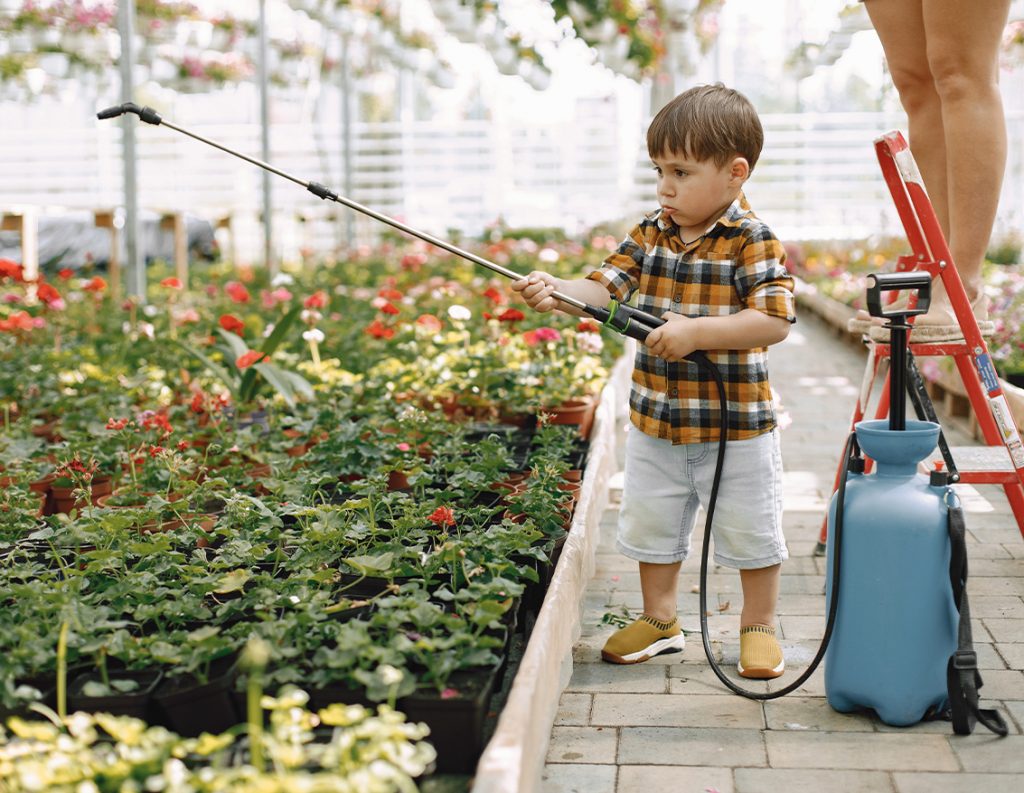
Watering
Because your greenhouse plants will endure intense sunlight throughout the day, your watering schedule might be a little different than your other outdoor and indoor houseplants. Of course, each plant is different. So, you will need to water each of them on their own schedule, but it may be more frequent than you are used to. As per usual with plant watering, you don’t want to overwater your plants. Be mindful of how often you are watering. A good rule of thumb is to water when the first 2 inches of soil have dried out. Depending on how sunny it is in your area, this could mean watering your plants daily. It is a good idea to water your plants in the morning, which will give them the rest of the day to absorb the nutrients. If you are going with a larger, industrial-sized building, then you might want to invest in automatic watering systems instead.
Shelving
Next up is how will you display your plants? How many plants do you plan on having in your greenhouse? This will help determine how many shelves you will need. If you are only looking to add a few plants, you may only need one row of shelving. However, if you are looking to add a lot of plants, you may want to look into stacked shelving instead. Another great idea is to have some bars across the walls near the ceiling of your greenhouse. This will provide a spot to hang planters as well! The best material for shelving in a greenhouse is metal. Metal can withstand humidity better than wood or plastic shelving.
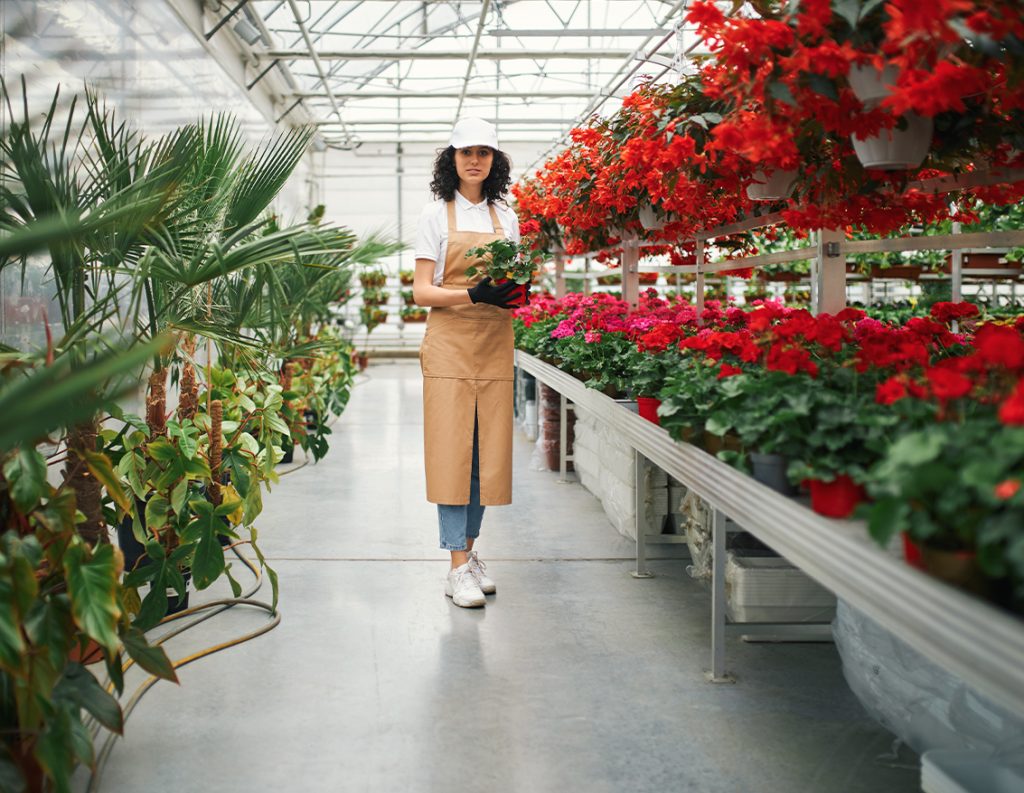
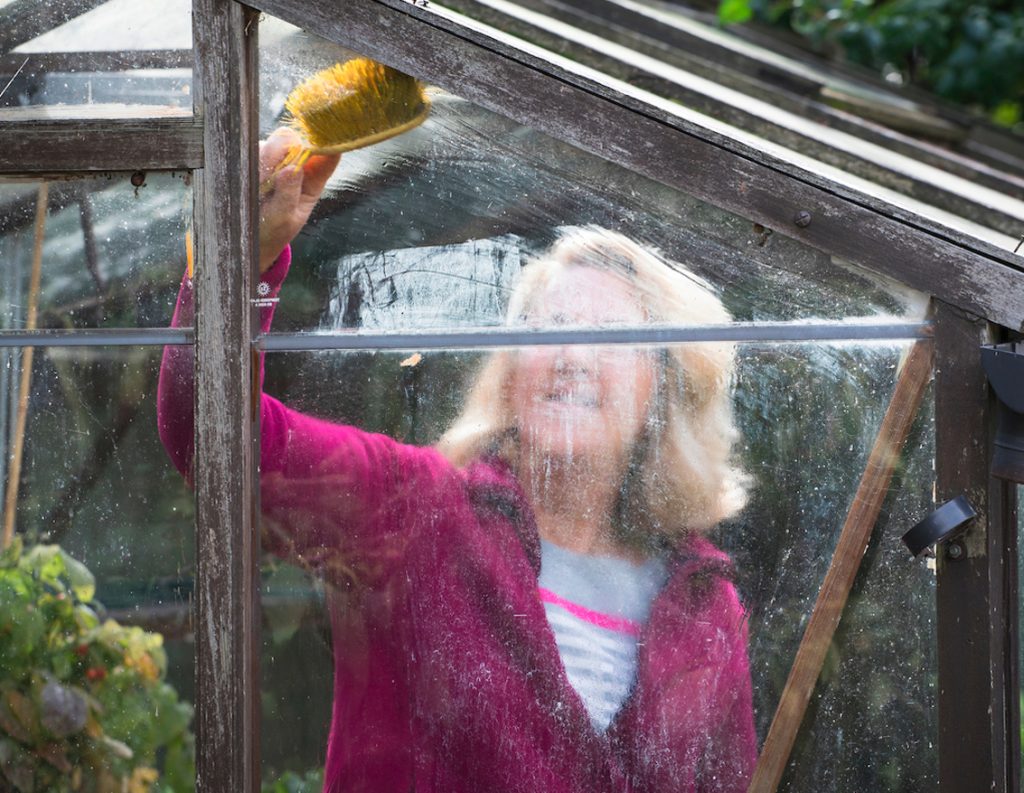
General Maintenance
There isn’t a lot of extra work needed to maintain this structure, but there are a few housekeeping tips to keep in mind. In the spring and fall, it is a good idea to deep clean your greenhouse. This means removing all of the plants and shelving and giving the walls a good wipe down. When cleaning your greenhouse, you should start at the top and work your way down to the bottom. This will help with the water dripping down the windows. Using a squeegee after you clean is a good idea to help with streaks. You should also clean the floor thoroughly with hot water and soap. Be sure to check the crevices, cracks and corners for any mould or dirt. You should also make sure that everything is airtight and sealed properly, especially after the winter. Don’t forget to test all fans and heaters to make sure they are in good working order.
Adding a greenhouse to your backyard is a great idea for anybody! Whether you are looking for some delicious, fresh, homegrown veggies. Or, you just want a beautiful, peaceful place to sit and enjoy a few pages of your favourite book. A greenhouse can be a wonderful escape and a place to wind down and enjoy the little things. We hope that you learned some tips from this article and that you are able to build your own perfect greenhouse!
Want to learn how to build your own backyard gazebo? Check out this article!


